
Dr. Fu Zhonghua was invited to deliver a special lecture on Fu's Subcutaneous Needling at Beijing University of Chinese Medicine.
On October 28, 2025, Dr. Fu Zhonghua, founder of Fu's Subcutaneous Needling (FSN), was invited to the Liangxiang Campus of Beijing University of Chinese Medicine to deliver a special lecture titled "Fu's Subcutaneous Needling, the New Theory of Qi and Blood, and Myology" to over a hundred students. The event was hosted by Dr. Gan Xiulun, with every seat occupied and an enthusiastic atmosphere throughout the venue.
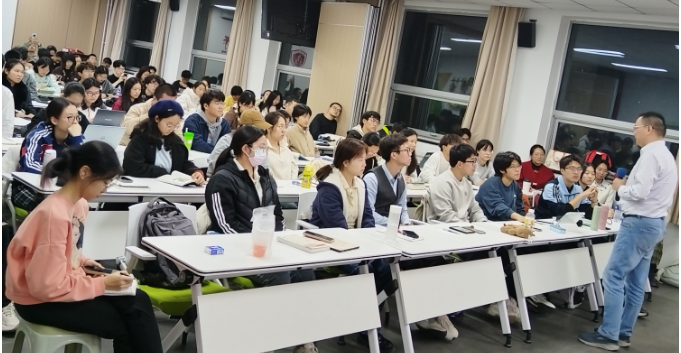
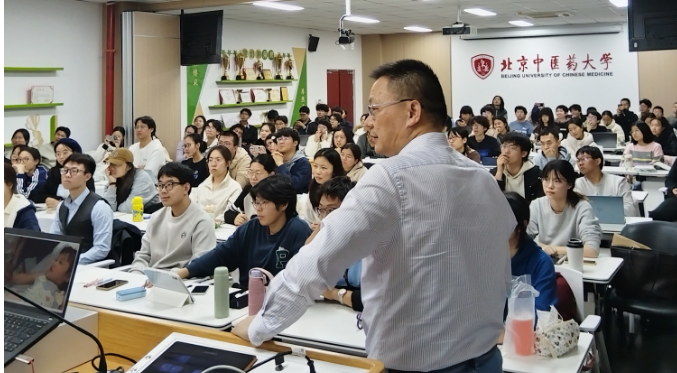
At the beginning of the lecture, Dr. Fu Zhonghua drew upon decades of his academic learning and clinical experience, presenting vivid real-world case studies to elucidate key aspects of diagnosing and treating muscular disorders. This approach effectively helped students establish a foundational understanding of Fu's Subcutaneous Needling. To visually demonstrate the therapeutic characteristics of FSN, Dr. Fu showed a video documenting a young girl's treatment process. The video clearly illustrated standardized operating techniques and highlighted the core advantages of FSN—being minimally invasive and painless—thereby challenging the students' conventional perceptions of acupuncture therapy.
The live demonstration became the climax of the event. Dr. Fu selected a student from the audience who exhibited noticeable symptoms of cervical spondylosis with limited neck mobility for an on-site treatment. As the Fu's Subcutaneous Needling was administered with sweeping techniques, the student immediately reported significant relief of neck pressure and simultaneous alleviation of dry eye symptoms. Before the audience's eyes, the student's neck mobility gradually improved. This immediate therapeutic effect allowed attendees to personally witness the unique appeal and remarkable efficacy of FSN, eliciting waves of enthusiastic applause throughout the venue.
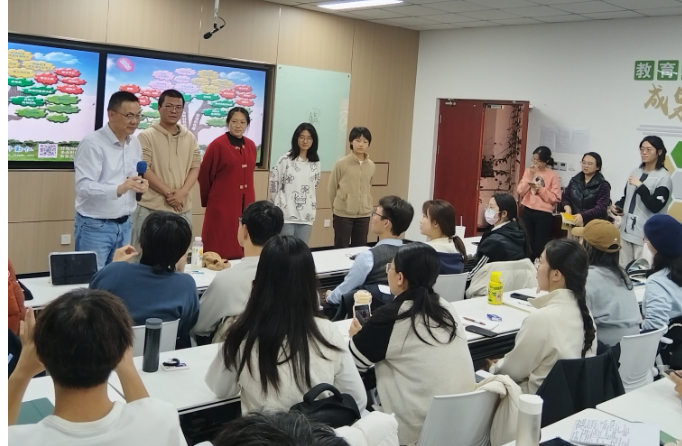
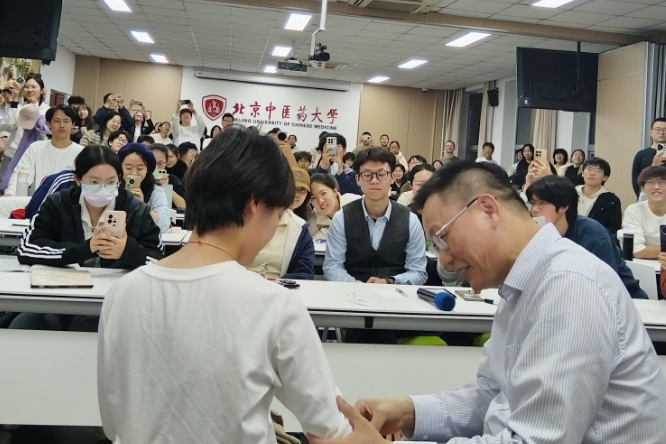
Following the practical demonstration, Dr. Fu Zhonghua delved into the therapeutic mechanisms of Fu's Subcutaneous Needling from the perspective of myological theory. He further proposed a novel interpretation of the traditional Chinese medicine concept of Qi and blood through the lens of myology, establishing an innovative framework that bridges classical theories with modern medical science for the students. Simultaneously, embodying the physician's ethos of compassionate care, he reminded the aspiring medical professionals: "FSN adherence to the principle of refusing further treatment if the initial session shows no results. As healthcare providers, we must never pursue financial gain at the expense of administering ineffective treatments that could delay proper patient care." These words prompted profound reflection among the attendees on medical ethics and professional integrity.

The lecture concluded with Dr. Fu Zhonghua randomly selecting attendees to receive three of his personally authored books as gifts, followed by a group photo session. Throughout the event, Dr. Fu's passionate delivery, profound theoretical knowledge, and innovative thinking consistently ignited students' learning enthusiasm, maintaining an atmosphere of focused attention and active intellectual engagement across the venue图7

This lecture not only provided students with a systematic understanding of the clinical applications of Fu's Subcutaneous Needling but also expanded the boundaries of their knowledge in myology and the theory of Qi and blood. Following the event, many students expressed that the session had left them eager for more, voicing strong anticipation for future opportunities to further study FSN techniques and deepen their comprehension of related theories. Such experiences will undoubtedly help them build a more solid foundation for their future medical studies and clinical practice.
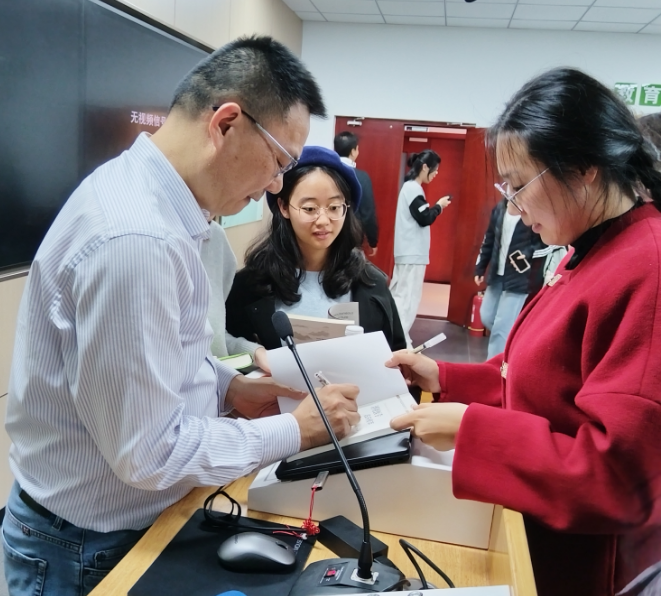

Author
Gan Xiulun
Beijing University of Chinese Medicine




